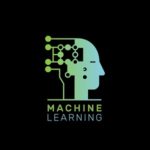Big Data Will Open Up the Benefits of Sustainability Across the Agriculture Sector
In this special guest feature, Lindsay Suddon, Chief Strategy Officer for Proagrica, believes that now is the time for the agriculture sector to harness the power of data and work together to achieve increases in productivity, profitability, sustainability, food safety …
Big Data Will Open Up the Benefits of Sustainability Across the Agriculture Sector Read more »






